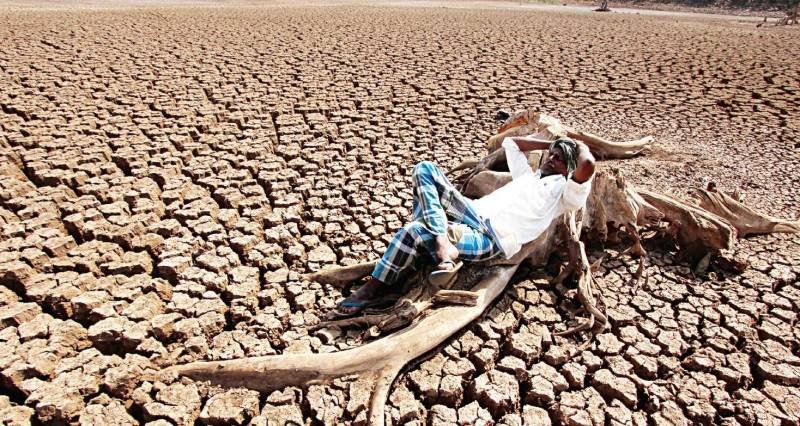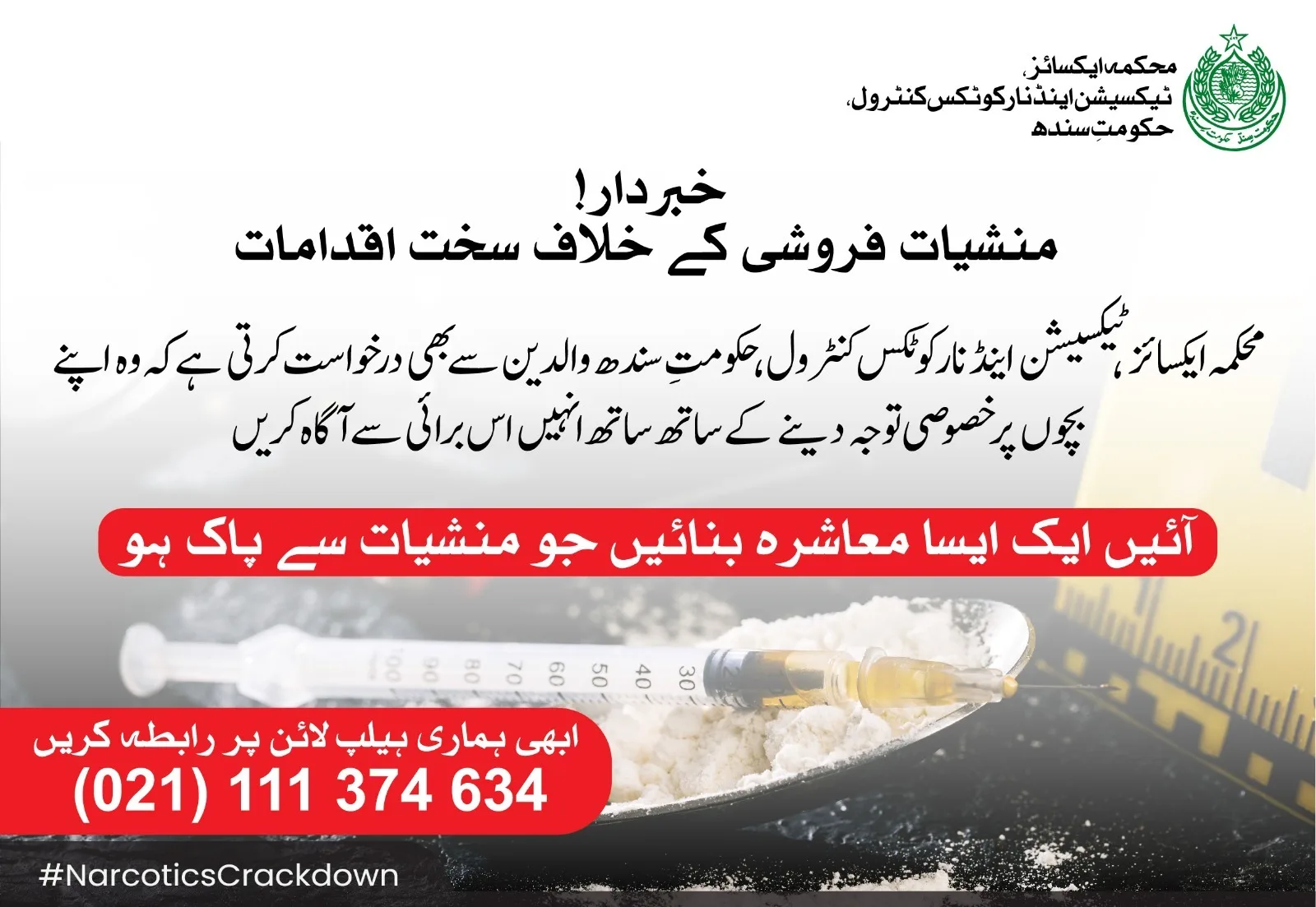Will Pakistan be dry & barren by 2025?

The major factors driving this impending disaster are multi-dimensional. Increasing population is placing stress on water needs. The estimated current population is over 220 million. The demand for water can reach as high as 274 million acre-feet as opposed to the supply of 191 million acre-feet as per a report of Asian Lite.
The second factor is the production of water-intensive crops like sugarcane, cotton, rice & wheat. They consume 95% of the existing water supply but contribute less than 5% to the GDP.
SC: Petition for disqualification of Pervez Musharraf disposed off
Pakistan’s nuclear security ranking upgraded, outranked India

Water is wasted in transit to consumers. The water-saving infrastructures are old with cracks in canals. Pakistan depends heavily also on rainfall for its crops. Changes in monsoons and increased temperatures are bringing considerable challenges to the agricultural sector, particularly in northern Pakistan, where vulnerability to climate change is already high.
The impact of the water shortage crisis is already being felt in mid-2023 with nearly 30 million of the population without clean drinking water. 80% living in the major 24 cities of Pakistan cannot get clean drinking water.
Prince Harry, Meghan Markle asked to use Air Force One after Queen’s funeral — but got denied
Galle Test: Pakistan defeats Sri Lanka by four wickets

Water often is contaminated, creating serious health hazards. In many Pakistani cities, groundwater supply is the main source. “It contains various pathogens including many viral, bacterial, and protozoan agents causing 2.5 million deaths from endemic diarrheal disease each year.” [M. Kosek, C. Bern, and R. L. Guerrant, “The global burden of diarrhoeal disease, as estimated from studies published between 1992 and 2000,” Bulletin of the World Health Organization, vol. 81, no. 3, pp. 197–204, 2003.]
The major cause of water-borne diseases is the inclusion of municipal sewage and industrial wastewater in the ongoing water supply at different points. There is also a failure to have effective systems of disinfection of water and checking of water quality at treatment plants.
IHC suspends non-bailable arrest warrants of Fawad in ECP contempt case
LHC to hear bail plea of Khadija Shah today

If these issues are not effectively addressed, it is plausible that Pakistan could face severe water scarcity issues by 2025. To mitigate the water crisis, Pakistan would need to undertake significant efforts in water conservation, infrastructure development, agricultural practices, and water treatment. These measures would require coordinated action from the government, international organizations, and the general public to ensure sustainable water management.
It is crucial for policymakers and stakeholders to prioritize and address these challenges promptly to prevent a potential future scenario of increased water scarcity and its adverse effects. However, the implementation and success of such measures depend on various factors, including political will, financial resources, technological advancements, and societal cooperation.
SC summons Imran Khan in Quetta’s lawyer murder case
Iraqi protesters torch Swedish embassy in Baghdad
Over 42,000 Canadian Sikhs participate in Khalistan Referendum at Malton
Kaaba’s Kiswa changed in an intricate annual ceremony
The writer is a lawyer, academic and political analyst. She has authored a book titled ‘A Comparative Analysis of Media & Media Laws in Pakistan.’ She can be contacted at: yasmeenali62@gmail.com and tweets at @yasmeen_9
Stay tuned to Baaghi TV for more. Download our app for the latest news, updates & interesting content!












